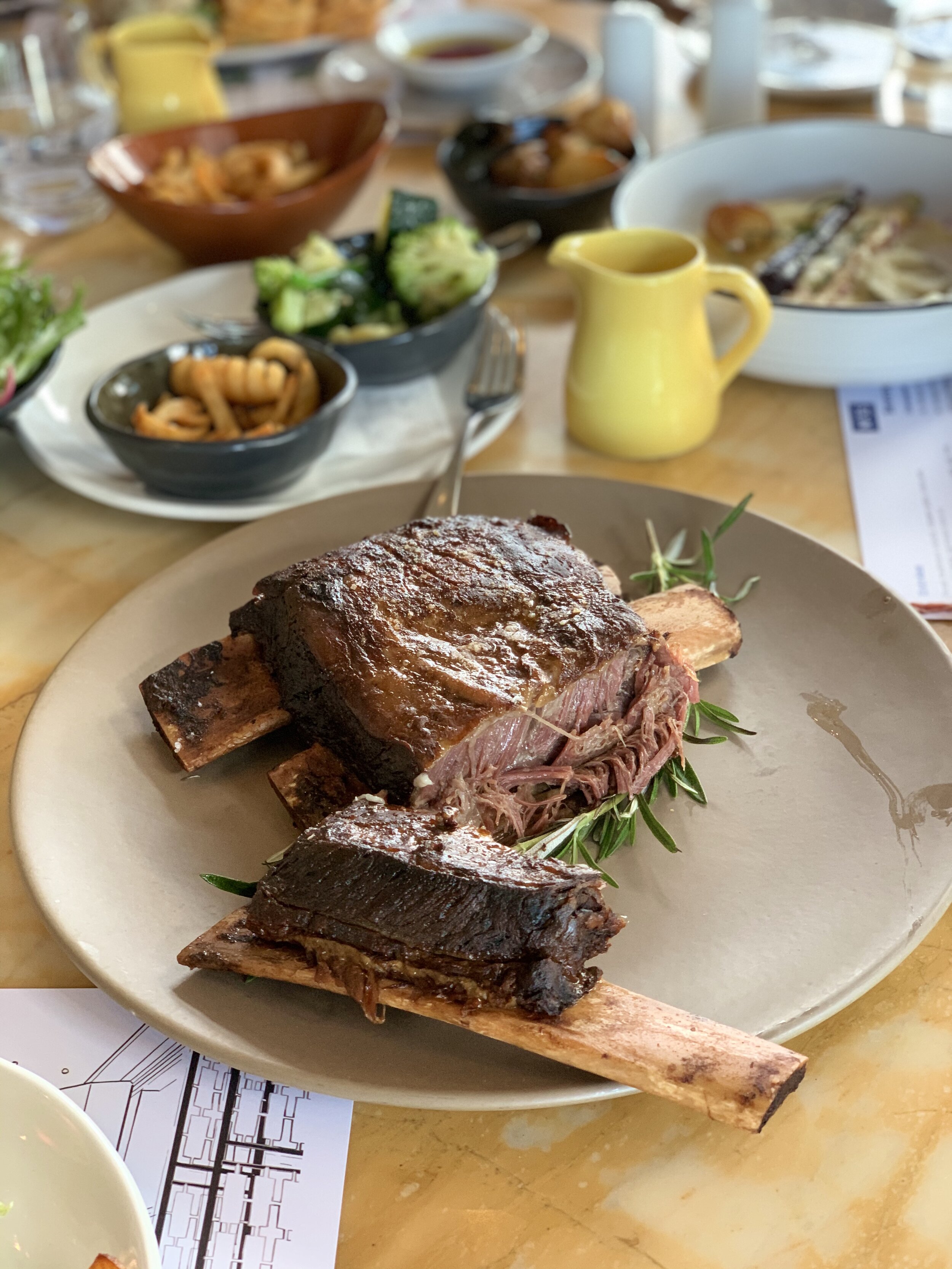Fresh greens from Dad’s garden!
‘Eat Your Greens’. You have no doubt heard this one before! From a parent, a grandparent, or maybe from a dietitian. If you’ve heard it from a sports dietitian lately it is with good reason – eating enough of the right type of vegetables, particularly green and leafy varieties, can help you go faster, and/or for longer. Pretty handy for many athletic pursuits – whether you are elite performer or working on your personal PB. Here’s how it works.
Why green veg?
Yes, green vegetables are great for vitamins, minerals, antioxidants, fibre, etc. But green leafy vegetables like spinach, lettuce, rocket (arugula) and kale also contain nitrate – so does beetroot.
How does it work?
Nitrate from food has a remarkably clever role in the body. It is converted to nitrite by bacteria in the mouth, which is then converted to nitric oxide in the stomach. Nitric oxide acts as a neurotransmmitter for a range of body systems and can have a number of positive effects on the body. Studies show that dietary nitrate, at doses that are commonly found in vegetable-rich diets, exerts beneficial effects on cardiovascular health via effects from nitric oxide. It’s likely that nitric oxide (and potentially other nitrogen compounds), are responsible for the impact on sports performance.
The main benefit of nitrate appears to be a reduction in the oxygen demand and energy cost of exercise, thereby improving efficiency at submaximal workloads. An improvement in exercise efficiency theoretically allows an individual to exercise at a greater intensity for the same level of effort OR sustain the same level of performance for a longer period of time (delayed onset of fatigue).
Who is it good for?
Up until recently, nitrate was considered of most benefit to endurance athletes due to the impact on oxygen use, however more recent research indicates a positive impact on muscle force development – which translates to potential benefits for strength, speed and power athletes, as well as intermittent team sport performance.
A number of studies, including those by Larsen et al (2007) and Bailey et al. (2009) have found that sodium nitrate consumption, in an amount achievable with regular green vegetable intake, resulted in reduced oxygen use during submaximal exercise, coupled with an improvement in cycling time to exhaustion. When it comes to performance, Lansley and colleagues (2011) reported an improvement of ~3% to 4km and 16km cycling time trials respectively, in trained individuals following an acute dose of beetroot juice consumed in the hours before exercise.
As a lot of my work is with team sports, a study on football (soccer) players in 2016 by Thompson et al also attracted my interest, with 5 days of beetroot juice supplementation prior to a YoYo test showing an increase in distance covered.
How much, when and how?
Athletes commonly take nitrate via a concentrated beetroot juice shot, taken either in a regular daily dose and/or in the hours prior to exercise.
The standard dose is ~ 5-6 mmol (or ~300 mg) nitrate, provided by one beetroot shot. However there may be benefits of a higher dose, and some individuals may need more to see an effect. Those with a higher fitness level (>65ml/kg/minVO2 max) may also have less of a response.
Care should be taken however not to over-consume, and supplements are not recommended for this reason.
It takes around 2 hours for nitrate from food to be converted and delivered to key areas for a performance impact. Some athletes take nitrate prior to an exercise session, however it may be more effective (and better overall nutritionally) to have a regular intake, spaced out over the day, during periods of high training loads ie. vegetables! The standard dose from one beetroot shot is equivalent to ~250-300g nitrate-rich vegetables and regular intake may provide similar results to more acute pre-training doses.
Put it into practice
Aim for ~250g of nitrate-rich vegetables per day:
Spinach
Kale
Rocket/arugula
Lettuce
Chard
Celery
Beetroot
Cabbage
Parsley
Radish
Leek
Broccoli, carrot, cauliflower, cucumber and pumpkin are a little lower in nitrate, but the amount can add up if you are having reasonable portions.
Vegetables can vary in their nitrate content due to location and farming methods. For example, vegetables grown with nitrogen containing fertilizer will yield the greatest amounts of nitrate (therefore organically grown vegetables are likely to have lower nitrate levels).
Cooking method is also important, with boiling being the most likely cooking method to create nitrate loss.
Any risks?
When we think ‘nitrate’ we often think preservatives. There have been potential health risks associated with high levels of nitrate from foods, additives and water sources, however both the WHO and The European Food Safety Authority have indicated that the beneficial effects of eating vegetables and fruit as part of a balanced diet outweigh any potential risk to human health from exposure to nitrate through vegetables, and that intake up to 250- 400g mixed fruit and vegetables per day would likely not exceed ADI (acceptable dietary intake) and in fact may provide health benefits. If you are an avid vegetable fan, you may need to be cautious, particularly with rocket (arugula) for example as it is one of the very high nitrate vegetables and excessive intake should be avoided.
Eat Your Greens
So the moral to the story is ‘Eat Your Greens’ – everyday – particularly during times of hard training. The current research surrounding nitrate from food sources reports potential benefits for a range of sporting situations, improving skeletal muscle efficiency and having performance effects on endurance, high-intensity intermittent exercise and muscle power.
Speak with an Accredited Sports Dietitian if you would like to review your nitrate intake or if you would like more information to suit your specific needs.
For more sports nutrition updates and tips, you can find me on Instagram, Facebook and LinkedIn.

































